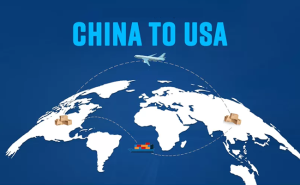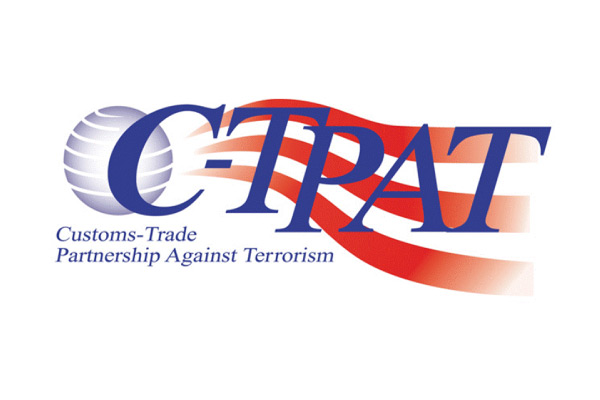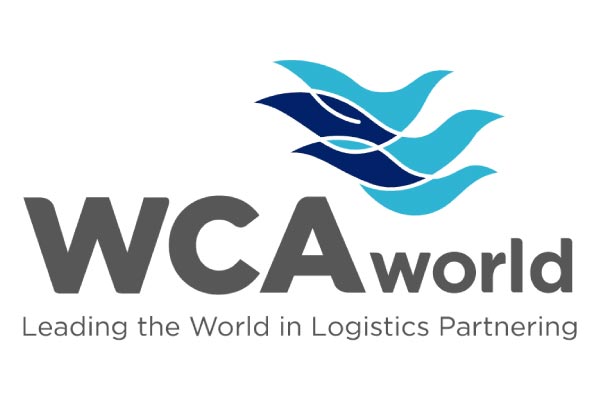Minimizing costs, setting realistic goals and reevaluating suppliers are some of the suggestions.
Cargo owners (BCOs) and shippers now planning their ocean freight tenders for 2024 will no doubt hope to obtain lower rates and, at the same time, the required capacity at an acceptable level of transport service. But what are the tools and “other areas” where there may be room to improve tender results and reduce risk?
1) Minimize other types of costs:
According to an article published in the Journal of Commerce, in addition to reducing basic maritime rates, it will now be more important to reduce “other costs,” particularly logistics administrative costs (such as the cost of managing sea and air transportation), detention and demurrage costs (which often involve millions of dollars for medium and large shippers), emissions regulations or new surcharges called ‘ETS’ on European routes, among others.
Therefore, “other costs” to target in addition to basic maritime rates include: Logistics administration costs. Detention and demurrage costs. Emission regulations / “ETS” surcharges.
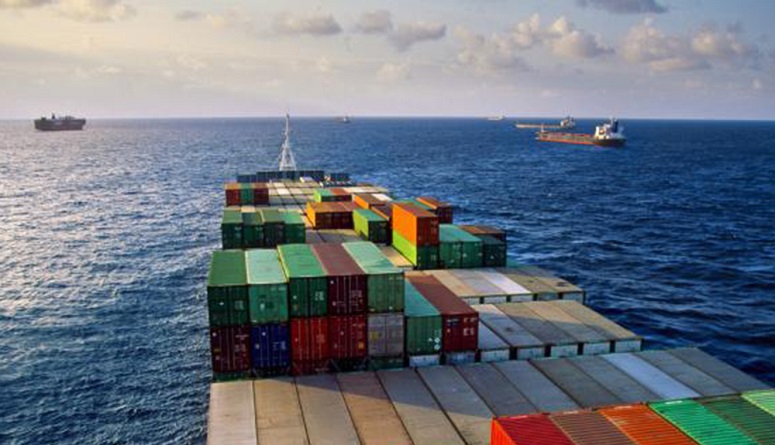
2) Set realistic target rates:
JOC recommends using benchmarking providers to inform bidders what rates to expect, increase competitive pressure, and have confidence in what you can actually negotiate.
3) Reevaluate the supplier base:
This is important not only to minimize costs, but also to obtain a higher level of service quality and ensure stable and predictable logistics operations.
4) Use of an advanced and integrated tendering and benchmarking tool.
Advanced, low-cost, typically cloud-based and largely automated, bidding tools that provide rapid analysis are now being used.
5) Make planning decisions based on knowledge.
With supply and demand weighted in favor of shippers, geopolitical and climate events, medium-term regulatory changes and multi-year labor negotiations causing port strikes will have a more significant impact on supply chains.





